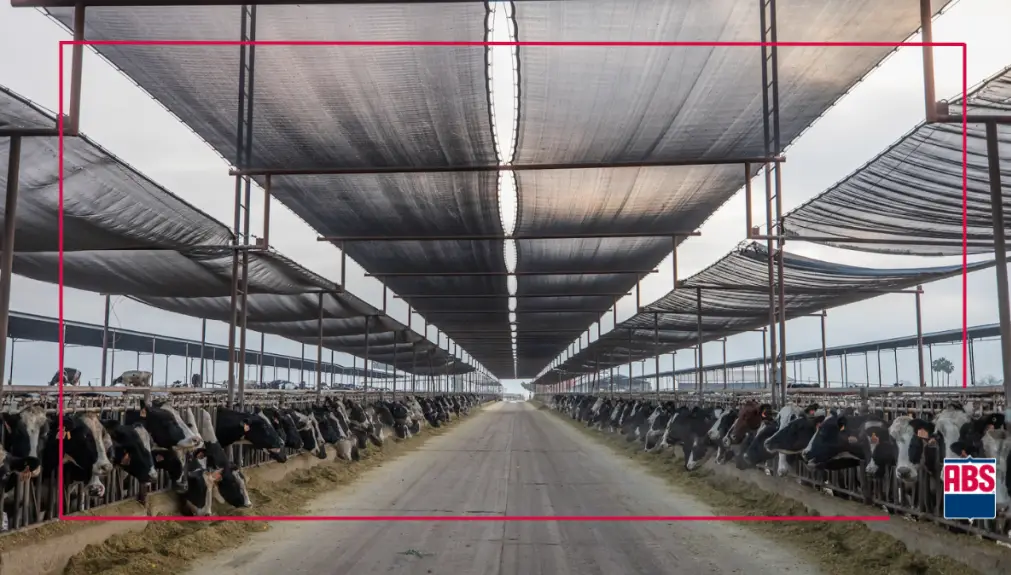There is no shortage of data when it comes to the dairy industry. Data drives most decisions on a dairy, and ultimately, productivity and profitability. Whether it’s reproduction, feed consumption, production, longevity, health, or a multitude of other characteristics, genetics plays a pivotal role. It is safe to say that your genetic selections are likely the most important decisions you make in terms of setting your operation up for success. Choosing the right genetics is crucial to achieving desired outcomes.
Traditionally, dairy producers have relied on simple measures like milk yield or pedigree to select genetics. However, today’s technology and understanding of genetics have led to the emergence of more sophisticated tools and a multitude of trait evaluations that aid in genetic selection.
It is not always easy to make sense of all the data that is supposed to help you handpick genetics for your herd. Depending on your milk market and business style, you could select genetics based on different traits, indexes, milk proteins, fertility, health, robotics, and any other selection criteria you deem necessary. Not to mention, once you identify which traits are important to you, you must determine how those traits are measured and how to utilize them in your breeding plan to move you’re herd forward.
ABS understands this and is here to help you. The goal of this blog is to explain the differences among traits and indexes.
Understanding traits
Traits refer to specific characteristics or qualities of an animal that are genetically determined and measurable. In the dairy industry, traits can include milk yield, fat and protein content, fertility, somatic cell count which is indicative of udder health, conformation or body structure, and longevity, among others.
Each trait plays a unique role in determining the overall performance and profitability of a dairy herd. For instance, while high milk and component yield is critical it must be balanced with considerations such as udder health, fertility, and feed efficiency to ensure overall sustainable productivity.
The role of indexes
Indexes, also known as selection indices, are composite measures that combine multiple traits into a single value. These values are weighted based on their economic importance to reflect the overall profitability and efficiency of the animal. By using indexes, dairy producers can simplify decision-making by considering multiple traits simultaneously.
Indexes are typically developed through extensive research and analysis, considering the specific goals and priorities of dairy producers. Common industry indexes include Net Merit (NM$), Total Performance Index (TPI), Cheese Merit (CM$), and Jersey Performance Index (JPI).
5 steps to using traits and indexes when choosing genetics
When selecting genetics for a dairy herd, it’s essential to align breeding goals with the farm’s objectives and operational constraints. By leveraging traits and indexes, dairy producers can make informed decisions that optimize productivity, health, and profitability. Here’s how ABS India can assist you throughout the entire process:
Identify breeding goals: Start by defining the key objectives for your dairy operation and the economic drivers that impact your bottom line. Are you primarily focused on maximizing milk production, improving fertility, or driving overall profitability? Understanding your priorities will guide the selection of relevant traits and indexes or aid in the development of your Custom Index that is directly aligned with your breeding goals.
Evaluate where your herd is now: Assess the performance of individual animals and their relatives across a range of traits. Look beyond raw milk yield to consider factors like fat and protein content, udder conformation, fertility indicators, and disease resistance. This comprehensive evaluation provides a more holistic view of your herd’s current genetic potential. Genomic testing is an option for those producers looking to go beyond individual performance or parent averages to describe genetic potential.
Utilize indexes: Incorporate selection indexes into your decision-making process. These composite measures account for the economic value of each trait and provide a balanced approach to genetic selection. Choose specific selection index that directly aligns with your breeding goals and production system.
Consider herd management: Recognize the interaction between genetics and management practices within your dairy herd. Genetics alone cannot overcome poor nutrition, inadequate housing, or suboptimal health management. Ensure that genetic improvements are supported by sound herd management practices.
Execute the genetic plan and monitor progress: Genetic improvement is a gradual process that requires ongoing evaluation and adjustment. It requires following a genetic plan. Continuously monitor the performance of selected genetics within your herd and compare them against herd performance. Use this feedback to refine your breeding strategy over time or to identify the ideal cows for your operation.
Running a dairy farm is not a walk in the park, but choosing the right genetics does not have to be overwhelming. Find the right dairy genetics for your herd by searching bull and their detail on genusabsindia.com or contact your ABS Sales Representative or ABS Field Technical Manager to develop the right genetic plan for you.

